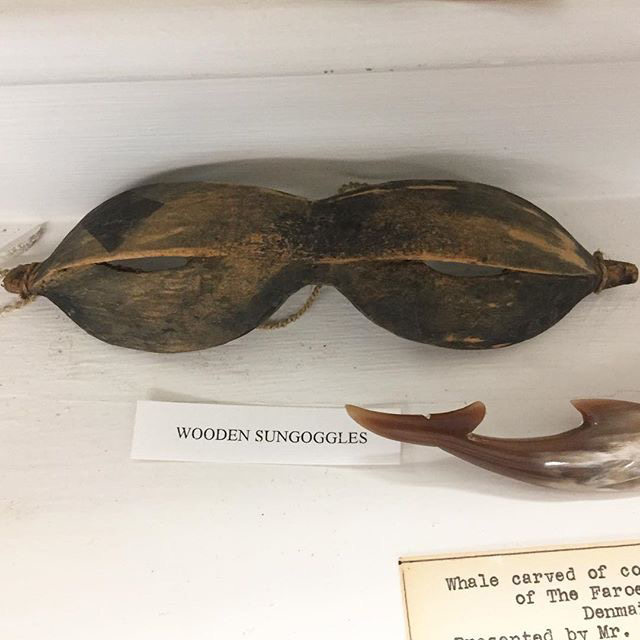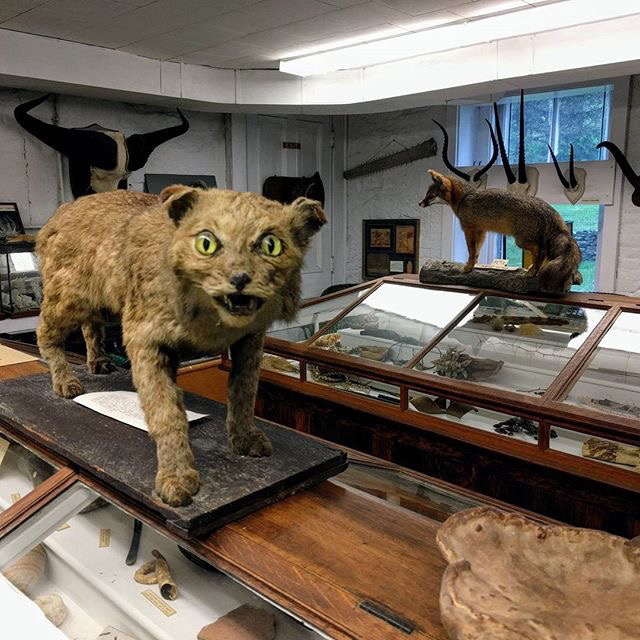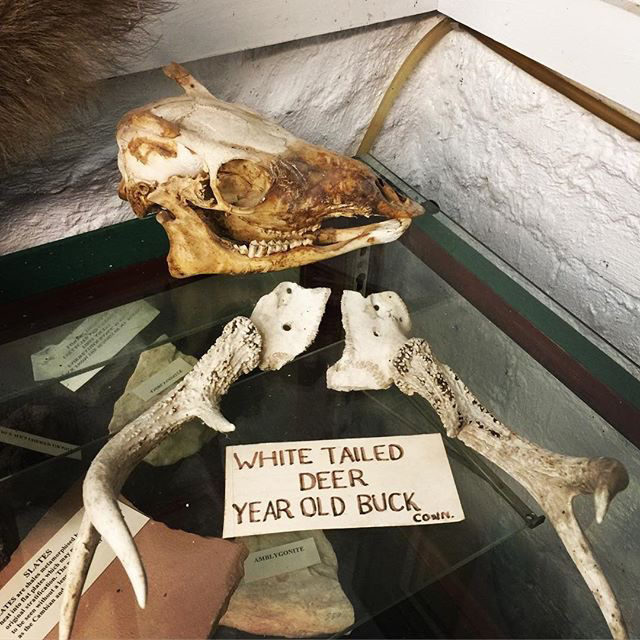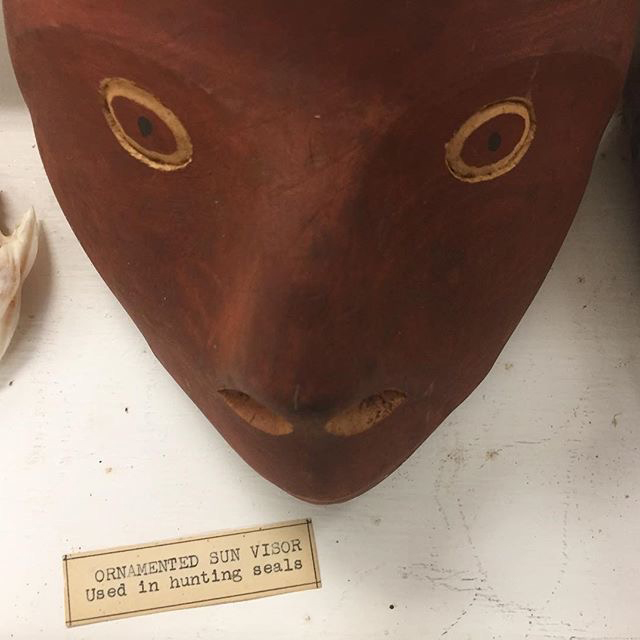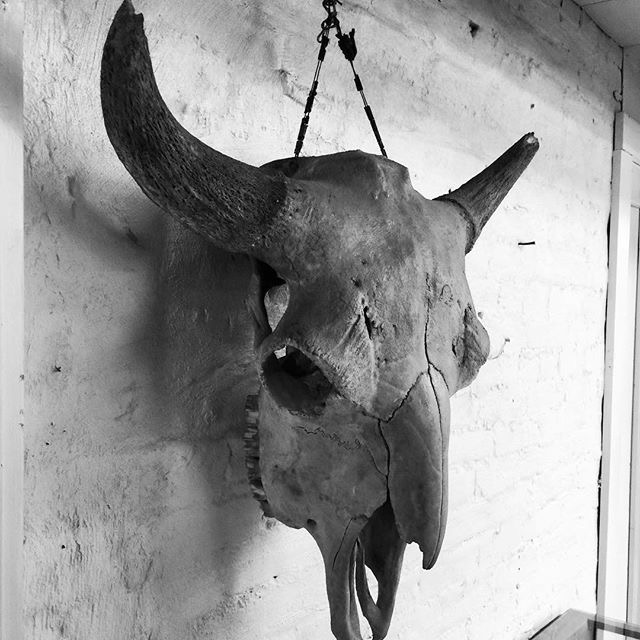
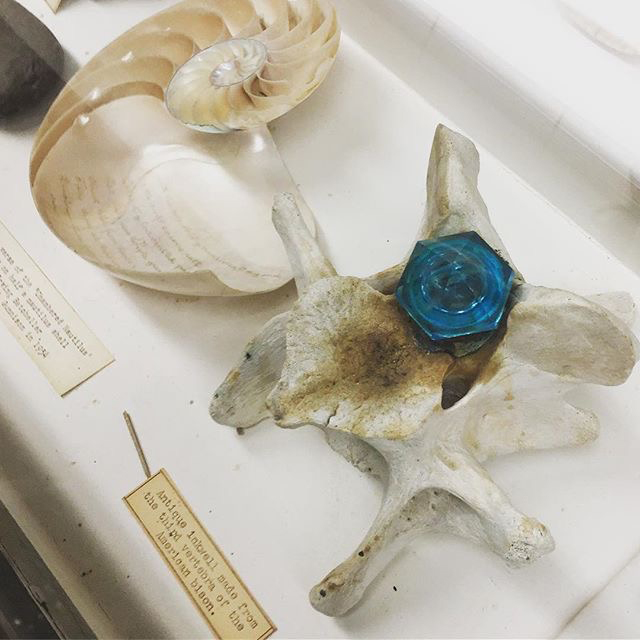
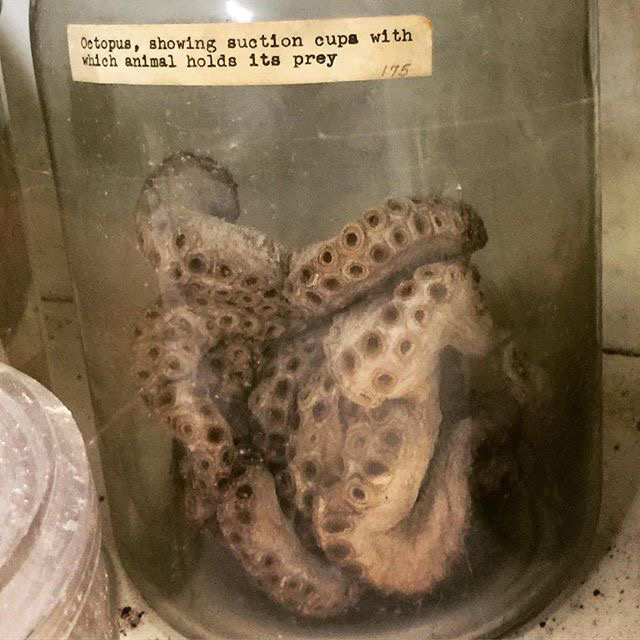
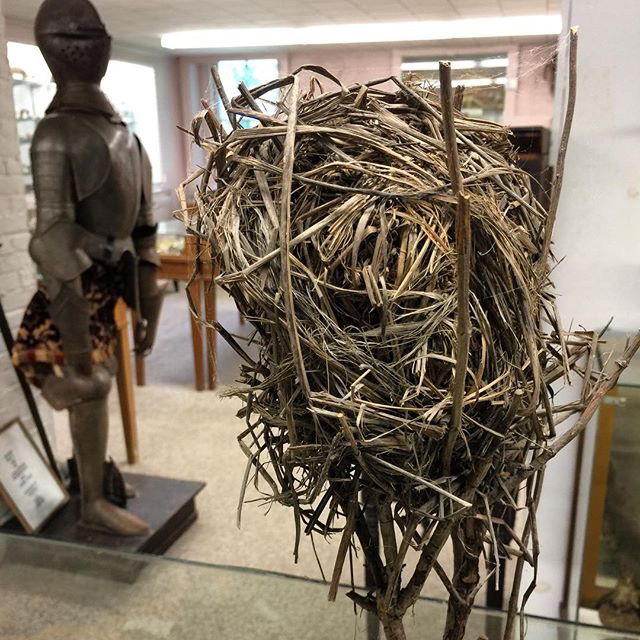
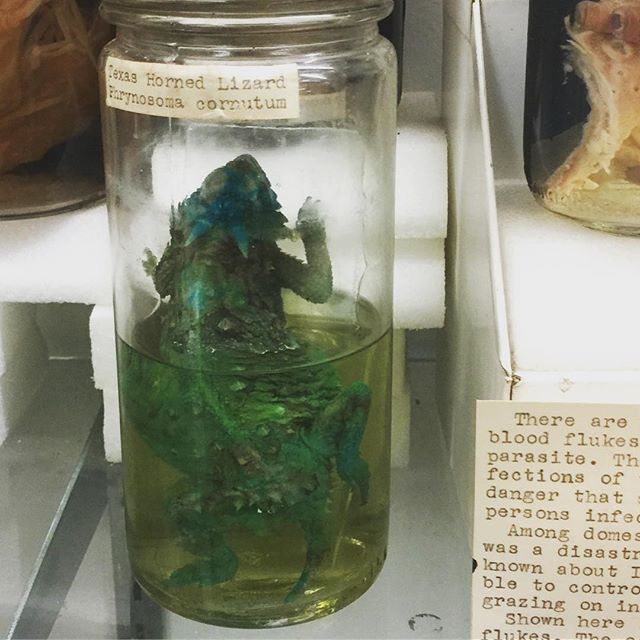
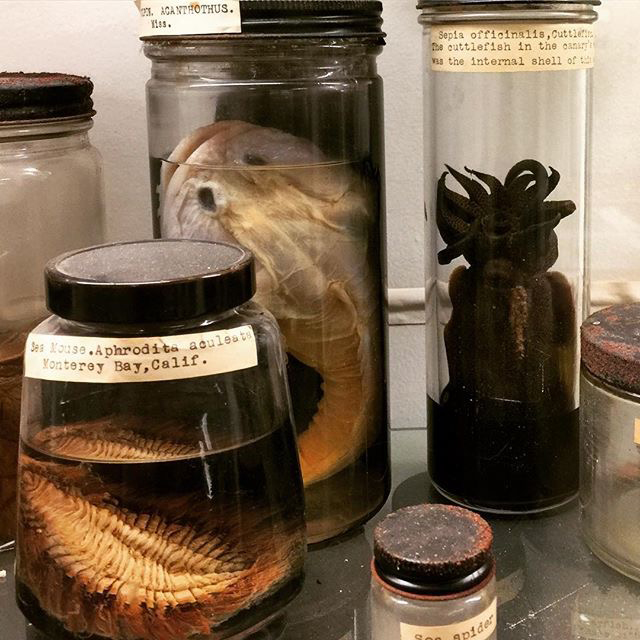
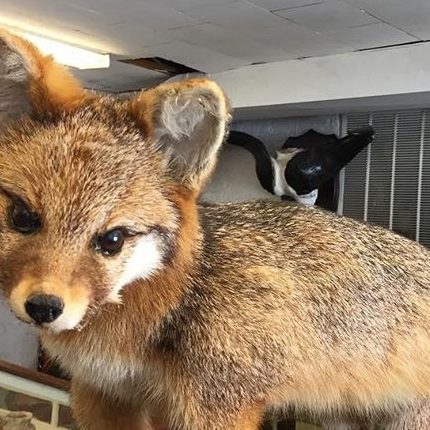
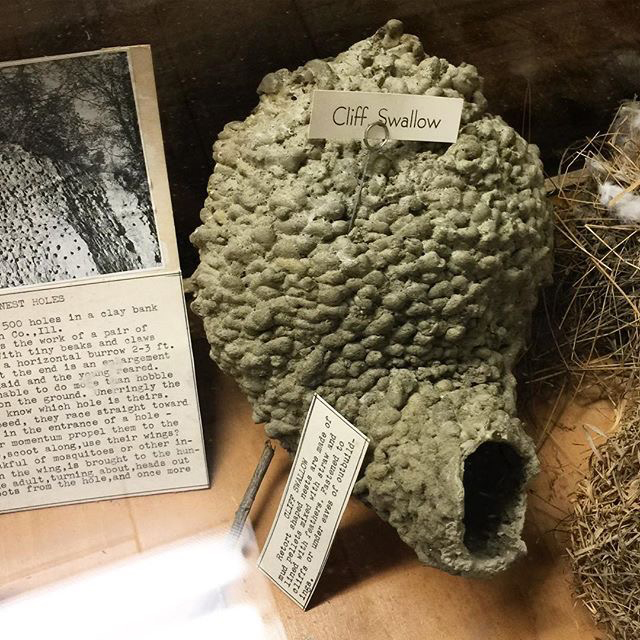
Olive Gunnison has a lot of answers for anybody’s idle moments.
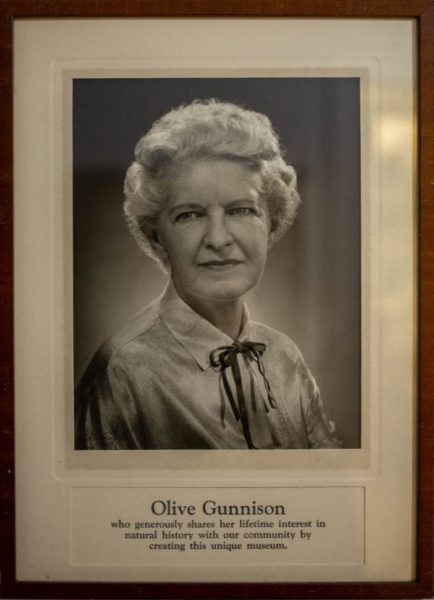
“Ever since I can remember I have collected something,” Olive Mason Gunnison would remember later. “When a small child it was various outdoor insects, worms or dead mice from a trap all of which I popped into small bottles of diluted alcohol and then arranged on a shelf to look like a museum. It wasn’t until I was twelve years old that I began to collect with a purpose.” In college she studied zoology, botany, geology and meteorology, and kept up her collecting after graduating. As her collection grew, she began to host visiting groups of schoolchildren in her home, displaying her ever-expanding collection of rocks, insects, taxidermy animals’ other curiosities.
In 1938, her and her husband built a separate structure on their farm in Pawling to house her “Chamber of Horrors,” as her husband referred to it. While Olive herself continued to acquire the bulk of the collection, in time friends began to send her additional specimens from their various travels around the world. (Among the many contributors to the museum was Lowell Thomas: “In his travels all over the world,” Gunnison noted, “Lowell Thomas never forgets the museum in his home town.”) Its size, scope, and thoroughness began to attract regional and national attention: when former president Herbert Hoover visited it in the 1930s, he called it the finest private natural history collection in the country, containing as it does every branch of natural history.
Gunnison donated her collection to the Akin Free Library in 1960, and it currently occupies four rooms in the basement of the Akin Free Library, and is divided into two sections: a natural history collection and a cabinet of curiosities.
The natural history collection features hundreds of entomological specimens (including examples from the Acherontia genus of moths, the so-called “death’s head” hawkmoths), a wide variety of taxidermied birds and mammals (including a roseate spoonbill, a bobcat, and a bald eagle), and an extensive geological collection.
“To be complete,” Gunnison wrote, “a museum of natural history should include every branch of this interesting subject viz. animals, birds, insects, marine life, minerals, fossils and other antiquities, artifacts and of course celestial bodies.” Collection highlights include a 10-lb. piece of optical quality quartz from Brazil, a collection of over 175 different birds’ eggs and about 50 nests, and several specimens of now-extinct animals: the passenger pigeon and the heath hen, and the ivory-billed woodpecker.
The other half of the collection is arranged as a “cabinet of curiosities,” and while it contains additional natural history specimens, its purpose is slightly different. The idea of a cabinet of curiosities predates traditional natural history collections, and instead of aiming for an exhaustive collection of every kind of specimen, it emphasizes unique and unexpected items.
The cabinet of curiosities room contains numerous noteworthy items including ceramic tiles recovered from Hiroshima and Nagasaki, implements for hunting and cooking, tiles and bricks from various ruins of antiquity, and various other artifacts from human civilizations and the natural world. Rather than arranged according to a pre-established set of classifications, these objects are mostly arranged to highlight their variety and difference, since the main goal of a cabinet of curiosities is to startle and delight.
By combining the two, the Olive Gunnison Natural History Museum provides two very different ways of approaching the natural world through an astounding and comprehensive collection of unique specimens. Free and open to the public, it reflects both Gunnison’s own idiosyncratic approach to collecting, and a thorough documentation of the natural world and its many splendors.
